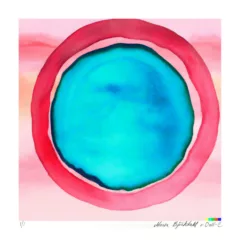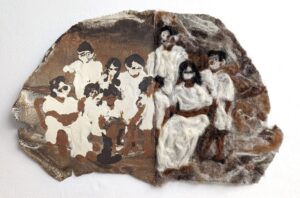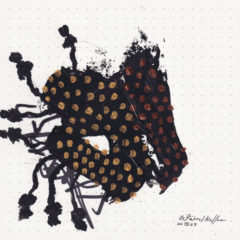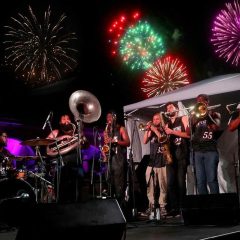[Donald appreciates the beauty of our own Philadelphia Orchestra, and shares a few interesting facts about Rachmaninoff. — the artblog editors]
Few people might know this, but Sergei Rachmaninoff had a strong connection with Philadelphia–in fact, his very first U.S. appearance ever was at the Academy of Music in 1909, where he conducted his second symphony. With that knowledge, it makes even more sense that the Philadelphia Orchestra chose to include Rachmaninoff’s music in their three-concert St. Petersburg Festival. The concerts, which ran from Jan. 15-31, were dedicated to the intensely passionate music of Tchaikovsky, Shostakovich, and Rachmaninoff.
Two dynamos reunite
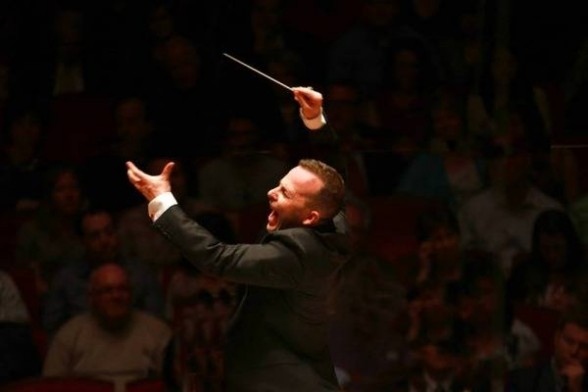
I had the chance to catch the Rachmaninoff program on Thursday, Jan. 22. Arriving at the Kimmel Center’s Verizon Hall, I found his second symphony on the program, along with his “Prelude in C-Sharp Minor”. Sandwiched in between these two Rachmaninoff pieces was the North American premiere of Mark-Anthony Turnage’s Piano Concerto, written specifically for pianist Marc-Andre Hamelin (a Temple University alum).
The concerto served as a reunion for Hamelin and conductor Yannick Nézet-Séguin; the two gave the piece’s world premiere in Rotterdam in 2013. This particular concert also has significance, as Nézet-Séguin celebrated his 1,500th concert since his 1994 debut with the Philadelphia Orchestra.
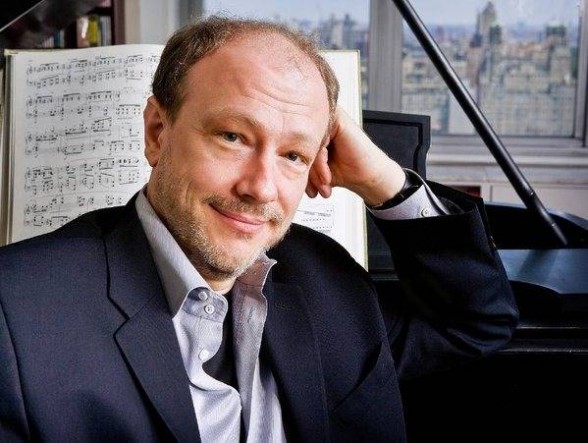
The “Prelude in C-Sharp Minor” carries a dreamy sensibility, with tremolo strings bringing a cautionary level of mystery to the musical texture. This piece is one of Rachmaninoff’s most famous compositions; its 1892 premiere set the tone for its universally acclaimed success. The five-minute prelude is part of a set of five pieces originally written for piano, which legendary Philadelphia Orchestra conductor Leopold Stokowski orchestrated for full orchestra. The piece comes in with three notes that plant the listener firmly into the key of C-sharp minor. It builds on and on with intertwining triplets until the piece ends with a peaceful seven-bar conclusion.
The offbeat, jazz-infused piano concerto by Turnage sounds like a piano concerto that George Gershwin would have written if he lived in the 21st century. The first and third movements of the concerto have aspects of contemporary music fluff: lots of bat-shit crazy chords, conflicting rhythms, and not a ton of substance behind the music. One of Turnage’s main influences in his compositions is Miles Davis, and the musical risks he takes are similar to those that Davis made throughout his esteemed career. These risks don’t always pay off. However, the second movement (“Last Lullaby for Hans”) is where the concerto shines, as the slower tempo allows for more lyrically expressive playing by the supremely talented Hamelin.
Full symphony, full sound

The second half of the program was dedicated exclusively to Rachmaninoff’s radiant Symphony No. 2 in E Minor. Because it runs a full hour, this symphony has been victim of many revisions and cuts. This was especially the case in the 1940s and 1950s, when the piece was reduced from an entire hour to 35 minutes.
Up until 1970, the symphony was usually performed in one of its cut versions. Since then, orchestras have used the complete version in almost every scenario–and what a miracle that is, as the symphony completely immerses you from start to finish. What’s unique about this work is that most symphonies’ second movements are slow, and their third movements are moderately fast. Rachmaninoff flips this tradition, making for a refreshed listening experience for anyone who expects a symphony to play out in the sonata form.
Rachmaninoff said that the Philadelphia Orchestra represented an ideal, lush sound, and that he composed with this sound in mind. The lush sound is always referenced in anything you read about you read about the orchestra, and it is what it’s hyped up to be. The orchestra plays with a full and resonant sound that harks back to the old-school orchestras led by maestros such as Leonard Bernstein and Herbert von Karajan. It was wonderful to see a packed house at Kimmel Center, as it should not be taken for granted what a national treasure we have in our own backyard.
For more information on the remainder of the Philadelphia Orchestra’s 2014-2015 concert season, please visit philorch.org.


